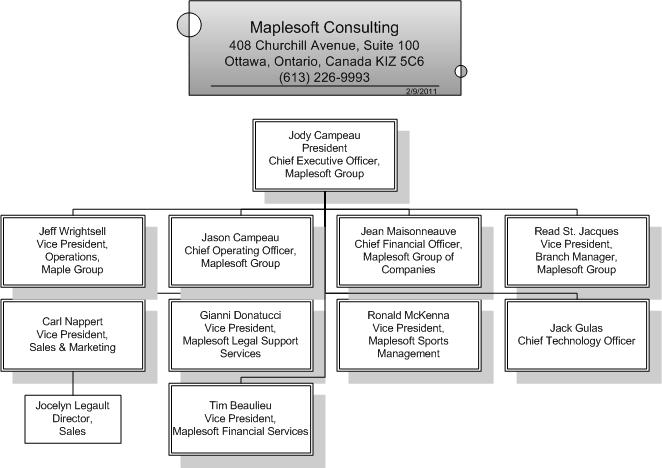Identify, Connect, Vet and Present!
Recruiting is all about connecting!
Recruiters need both a great message and a strong recruiting email subject line in order to be successful.
Recruiters have found success using emails to connect with potential candidates. I am sure the results are directly related to having a recruiting email subject line that wants the potential candidate to read more.
As always I like to share email subject lines that have been successful for me. Please note these are the ones I used while recruiting a Vice President of Marketing.
Enjoy!
1. Subject line: We have identified you as a marketing expert. I want to learn more about you, your career and possibly next steps.
2. Subject line: We have identified you as being one of the most talented in your space, lets network.
3. Subject line: As a marketing expert, I am interested in networking with you regarding a role we are working on.
Again be sure each email is personalized and has enough information regarding the role and the responsibilities. Having this information helps the professional with making the decision to learn more, refer or decline. If they decide to move forward and schedules a call, I make it a practice to send along the job specification and ask for their resume or biography prior to the upcoming discussion. I believe this results in having a productive conversation for both parties.
What recruiting email and recruiting email subject line works for you? Please share with us so we may use it too.
Happy Hunting.









 Recruiting Top Talent Requires Knowing Who You Want & Knowing Where You Need to Go to Find It!
Recruiting Top Talent Requires Knowing Who You Want & Knowing Where You Need to Go to Find It!